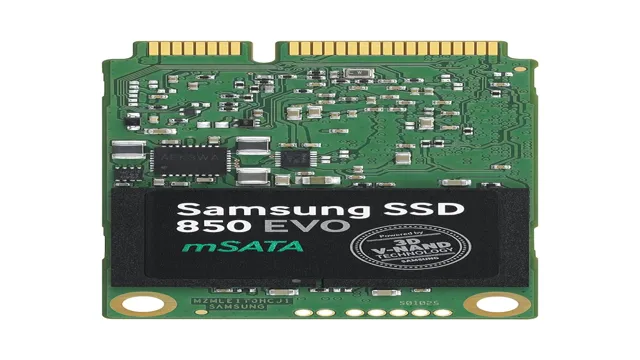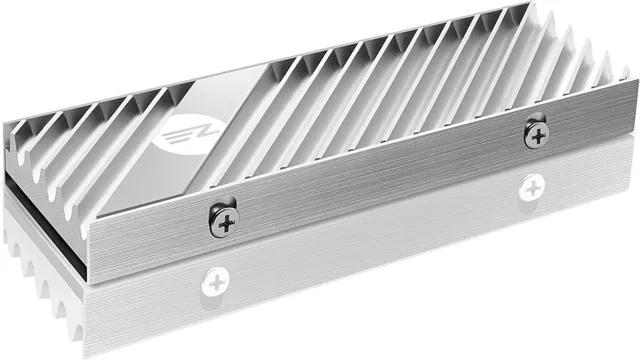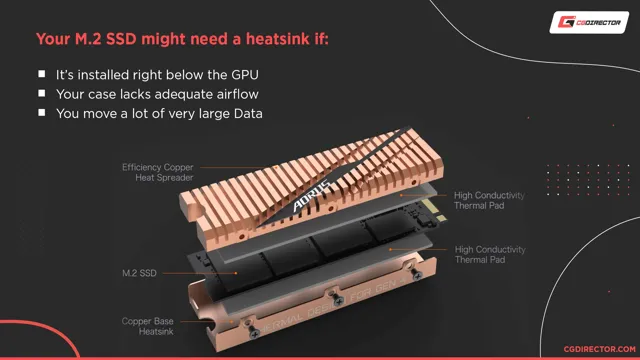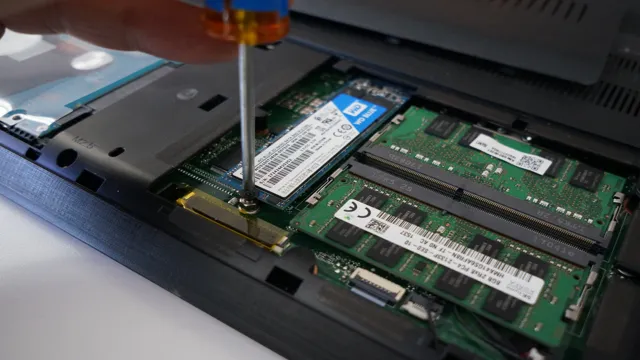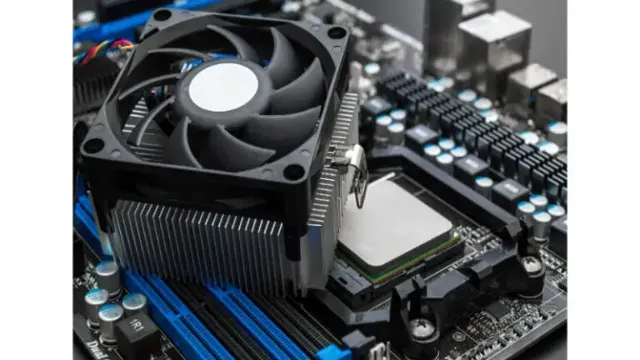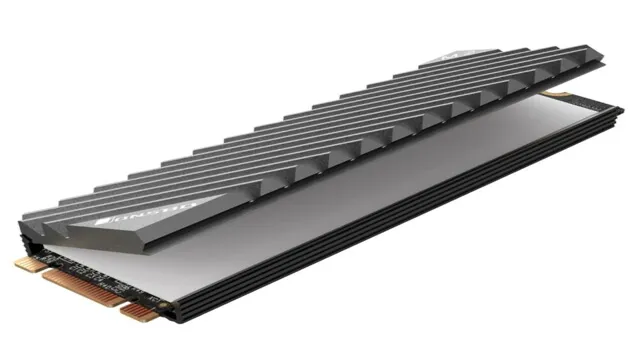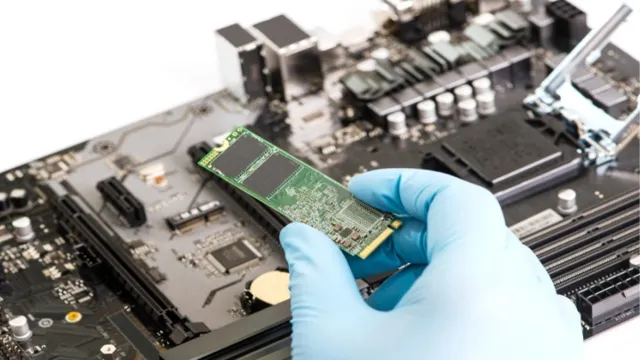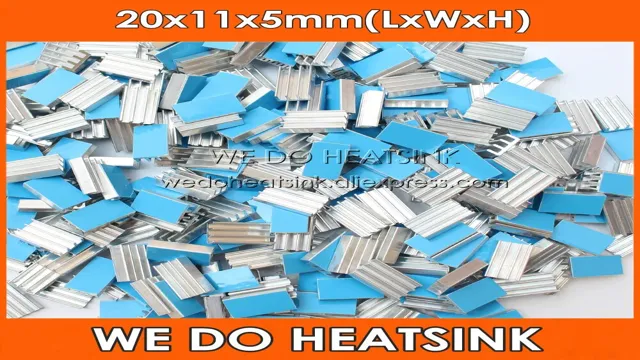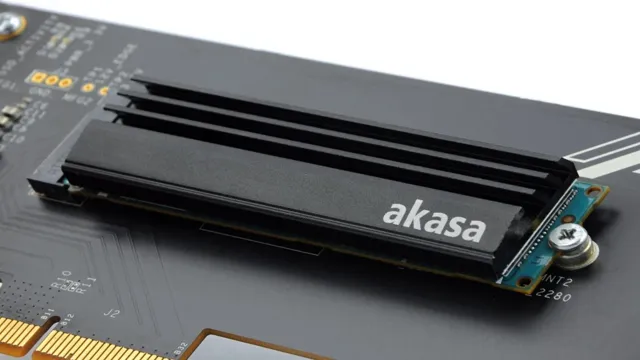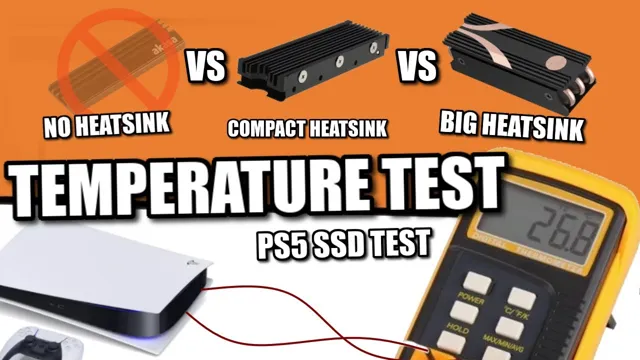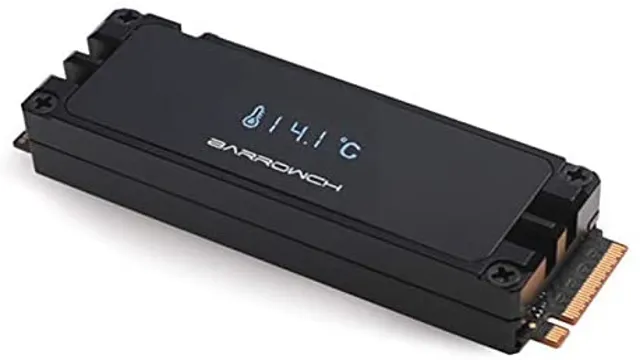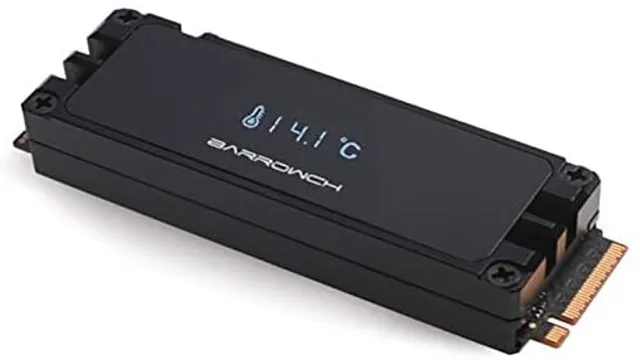If you own a laptop or desktop computer, you’re likely familiar with the concept of a hard drive. But have you heard of the MSATA SSD? This small but mighty storage device is garnering attention for its speed, durability, and overall efficiency. In this blog post, we’ll explore what exactly an MSATA SSD is, as well as the advantages it offers over traditional hard drives.
Whether you’re a casual computer user or a tech enthusiast, you won’t want to miss out on this game-changing piece of hardware. So, what are you waiting for? Let’s dive in and discover the wonders of the MSATA SSD!
What is an MSATA SSD?
An MSATA SSD is a small solid-state drive that utilizes a mini PCIe interface. It is designed to fit into small devices such as ultra-thin laptops or tablets. Despite its small size, an MSATA SSD can offer impressive performance levels similar to the larger SATA SSDs commonly used in desktop computers.
The MSATA SSDs come in different storage capacities and are known for their speed and reliability in reading and writing data. The MSATA interface has become increasingly popular in recent years due to the growing trend of smaller and more powerful devices. As more devices require smaller storage options, MSATA SSDs have become a go-to solution.
With the ability to hold large amounts of data in a small space, an MSATA SSD is an ideal choice for those who require high-speed, reliable storage in a compact form factor.
A Brief Introduction to the MSATA SSD
An MSATA SSD is a small form factor solid-state drive that is typically used in laptops and other mobile devices that require a compact storage solution. It is designed to fit into a small slot on the device’s motherboard, making it an ideal choice for manufacturers who want to save space without sacrificing performance. MSATA SSDs are available in a range of sizes and capacities, allowing you to choose the best option to fit your needs.
With their fast read and write speeds, these drives can greatly improve overall system performance and speed up application loading times. Plus, their low power consumption means they won’t drain your device’s battery as quickly as traditional hard drives. Whether you’re a business traveler who needs a high-performance laptop or a student who wants to save space in a dorm room, an MSATA SSD can be a smart choice for you.
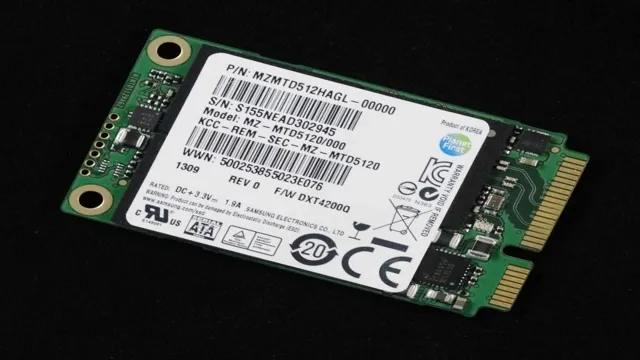
Benefits of an MSATA SSD
An MSATA SSD, or mini-SATA solid-state drive, is a smaller version of a typical SATA SSD that’s designed for use in compact devices such as laptops or tablets. Despite its small size, an MSATA SSD can offer a range of benefits for users. One of the most significant advantages is speed.
An MSATA SSD can read and write data much faster than traditional hard drives, making it an excellent choice for users who demand fast access to their files. Additionally, an MSATA SSD is more durable and reliable than traditional hard drives, thanks to its lack of moving parts. This makes it less prone to damage from drops or impacts, and less likely to fail over time.
Finally, an MSATA SSD requires less power than a traditional hard drive, making it an ideal choice for users who value battery life. Overall, an MSATA SSD can be a valuable upgrade for anyone looking to improve the performance and reliability of their laptop or tablet.
MSATA SSD vs. Other Types of SSDs
MSATA SSDs are a popular choice for those looking to add storage to their computers or laptops. One key advantage of an MSATA SSD is its small form factor, making it ideal for slimline devices like ultrabooks. What’s more, this type of SSD is much faster than traditional hard disk drives, providing faster boot times, file transfers, and application launches.
MSATA SSDs also have low power consumption, which is great for portable devices that require long battery life. Furthermore, MSATA SSDs come in a range of capacities, from 64GB to 1TB. While other types of SSDs might offer faster speeds or larger capacities, the compact size and low power consumption make MSATA SSDs a great alternative for those looking for a reliable and efficient storage solution.
How Does an MSATA SSD Compare to Other SSDs?
When it comes to SSDs, there are various types available in the market, each with its unique features and benefits. MSATA SSDs are one such type, known for their compact size and high performance. However, they differ from other SSDs in terms of their form factor and interface.
For instance, other types of SSDs such as NVMe and SATA SSDs, offer faster speeds, higher capacities, and more extensive compatibility. On the other hand, MSATA SSDs are primarily designed for use in smaller devices such as laptops and tablets that require a smaller form factor. They are not as fast or powerful as some of the other SSDs, but they are ideal for users who require a cost-effective, compact storage solution.
When it comes down to it, the best SSD for you depends on your unique needs, so it’s essential to understand the differences between these SSD types and choose one that caters to your requirements.
Why an MSATA SSD Might Be the Right Choice for You
If you’re in the market for a solid-state drive (SSD), you may be wondering which type of SSD is the right choice for you. One option to consider is an MSATA SSD, which has some distinct advantages over other types of SSDs. First of all, MSATA SSDs are incredibly compact, making them an ideal choice for small laptops or desktops with limited space.
They’re also incredibly fast, with read and write speeds that can rival or even surpass those of larger SSDs. Additionally, because they’re built specifically for use with MSATA interfaces, they’re often able to offer better performance than other types of SSDs that are designed to work with a variety of different interfaces. Of course, there are some downsides to consider as well, such as the fact that MSATA SSDs are typically more expensive than other types of SSDs.
However, if you need a fast, reliable, and compact storage solution, an MSATA SSD might be just what you’re looking for.
Cost Considerations for an MSATA SSD
When it comes to choosing a solid-state drive (SSD), many factors come into play, with cost being one of the most prominent. If you’re considering an MSATA SSD, you may be wondering how it stacks up against other types of SSDs, such as the more common 5-inch and M.
2 form factors. MSATA SSDs are generally smaller and cheaper than 5-inch drives but can be more expensive than M.
2 drives. However, MSATA SSDs still offer excellent performance and durability, making them a great choice for those on a budget who don’t want to compromise on quality. Ultimately, the best type of SSD for you will depend on your specific needs and budget, so be sure to do your research before making a purchase.
What to Look for When Buying an MSATA SSD
If you’re in the market for a new MSATA SSD, there are several factors you should consider before making your purchase. First and foremost, make sure the drive is compatible with your device’s motherboard and supports the SATA III interface for optimal performance. Additionally, pay attention to the capacity of the drive, as well as its read and write speeds.
These factors will impact the drive’s overall performance and storage capabilities. You also want to look for a reputable brand and read reviews from other customers to ensure reliability and durability. Finally, consider the warranty offered by the manufacturer, as it can provide peace of mind and protection in case something goes wrong with the drive.
Overall, by taking these factors into account, you can find an MSATA SSD that meets your needs and provides reliable and speedy storage for your device.
Capacity and Performance Considerations
When it comes to purchasing an MSATA SSD, there are a few key factors to consider. One of the most important is capacity, which refers to the amount of storage space the SSD provides. This should align with your specific storage needs, whether you need a few hundred gigabytes or multiple terabytes.
Additionally, consider the performance of the SSD. Look for high read/write speeds, as this will impact how quickly files can be accessed and transferred. It’s also important to think about burstiness, or the ability to handle sudden increases in demand without slowing down.
A high-performing SSD with good burstiness will prevent your system from lagging or crashing when you try to run multiple applications or perform complex tasks. By evaluating capacity, performance, and burstiness, you can find an MSATA SSD that meets your needs and helps you get the most out of your computer.
Brand and Warranty Considerations
When looking to buy an MSATA SSD, it’s important to consider both the brand and warranty of the product. First and foremost, research the reputation of the brand you’re considering. Look for reviews and feedback from other users to see their experiences with the brand’s products.
You’ll want to ensure that the brand you’re buying from has a good track record of producing reliable and high-quality SSDs. Additionally, pay close attention to the warranty offered by the manufacturer. A good warranty can give you peace of mind in case something goes wrong with your SSD.
Look for warranties with at least a few years of coverage, and be sure to read the fine print to understand what is and isn’t covered. By taking the time to research the brand and warranty of your potential MSATA SSD, you can make a more informed decision and potentially save yourself from future headaches and frustrations.
Conclusion: MSATA SSDs are a Great Investment
In conclusion, an msata SSD is like a pocket rocket for your computer. It may be small, but it packs a powerful punch when it comes to enhancing performance, speeding up load times, and maximizing storage capacity. It’s like having a sports car engine under the hood of your laptop or desktop, giving you lightning-fast speeds and turbocharged capabilities.
Simply put, an msata SSD is the perfect upgrade for anyone who wants to take their computing game to the next level. So go ahead, rev up your machine with an msata SSD and see what it can do!”
FAQs
What is an mSATA SSD?
An mSATA SSD is a solid-state drive that uses the mSATA interface to connect to a computer’s motherboard. It’s smaller than a traditional 2.5-inch SSD and is often used in laptops and other space-constrained devices.
What are the benefits of using an mSATA SSD?
Some benefits of using an mSATA SSD include faster boot and load times, lower power consumption, and increased durability (since there are no moving parts).
Can I use an mSATA SSD as the primary boot drive in my computer?
Yes, you can use an mSATA SSD as the primary boot drive in your computer as long as your motherboard supports the mSATA interface.
What’s the difference between an mSATA SSD and an M.2 SSD?
An mSATA SSD uses the mSATA interface, which is a legacy interface that’s being phased out in favor of M.2. M.2 is a newer, faster interface that’s becoming more common on modern motherboards and devices. M.2 SSDs are also generally smaller and more versatile, with support for different types of storage (like NVMe) that aren’t available on mSATA.
